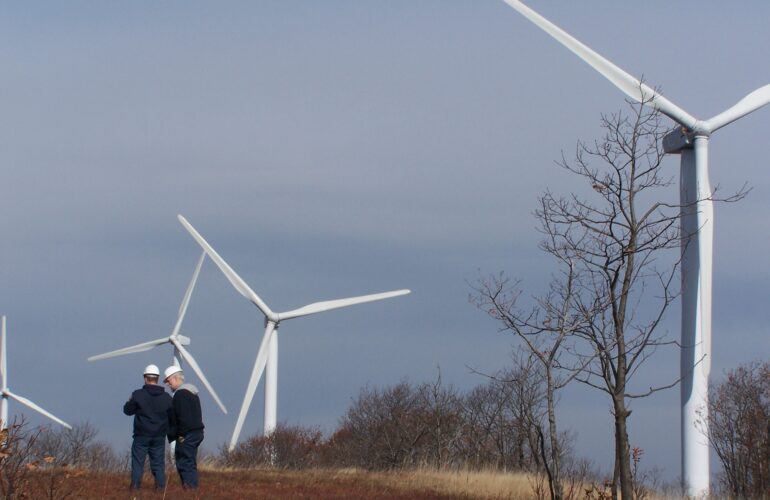
From wildfires to catastrophic floods and heat waves, it’s easy to become despondent about climate change, but there is much we can do to prevent the worst consequences if we act quickly. While most of the carbon emission reductions will need to come from corporations and governments, individual actions are also necessary. Among the most impactful things you can do are reduce your energy use and change your diet.
Most of an individual’s energy related emissions come from two sources – transportation and housing, The key to reducing those emissions is using less energy and switching to renewable energy. For transportation that means walking, biking, and using mass transit when possible. When that’s not an option, driving an electric or hybrid vehicle is the next best choice. Most come with significant tax credits, and you’ll save lots of money on fuel. I drive a hybrid SUV that gets 40-50 mpg, so I visit the gas station a lot less than I used too!
To reduce energy use in your home, switching to LED lights and replacing your aging appliances with new energy efficient ones will save you a significant amount of money and many qualify for government rebates. And you can go a step further by purchasing your electricity from a renewable source like wind or solar using PAPowerSwitch, Pennsylvania’s electric choice program. These renewable sources are now cost competitive with electricity generated by fossil fuels.
While energy conservation and switching to renewable energy are obvious choices for reducing your carbon footprint, making changes to your diet may not be, but eating more of a plant-based diet consisting of locally grown foods can make a significant impact.
Meat, especially from cattle and other ruminants, has an enormous carbon footprint because of the amount of water and food needed to raise them and the methane released as part of their digestive process. Methane is a greenhouse gas with a global warming potential 30 times greater than carbon dioxide. In fact, eating a one-half pound burger produces the carbon dioxide equivalent of driving the average car nine miles, so consider enjoying a meatless day once or twice a week.
It’s also important to consider where your food comes from when evaluating its carbon footprint. Let’s take strawberries as an example. Locally grown berries can be purchased directly from the farm, minimizing packaging and transportation related emissions. Compare them to the strawberries you buy in the store. They are grown somewhere far away (Florida, California, and even Mexico) using fossil-fuel based fertilizers, are packaged in plastic containers made from fossil fuels, and shipped thousands of miles under refrigeration using even more fossil fuels, giving them a much larger carbon footprint that their healthier, tastier local counterparts,
These are just a few examples of personal actions you can take to reduce your climate change impacts, and while they might seem too small to make a difference, collectively they will go a long way to slowing climate change.
Written by Gregory Czarnecki, Director of Applied Climate Science, Department of Conservation and Natural Resources
Featured photo: Waymart Wind Farm in Wayne County. Provided by Greg Czarnecki, DCNR




